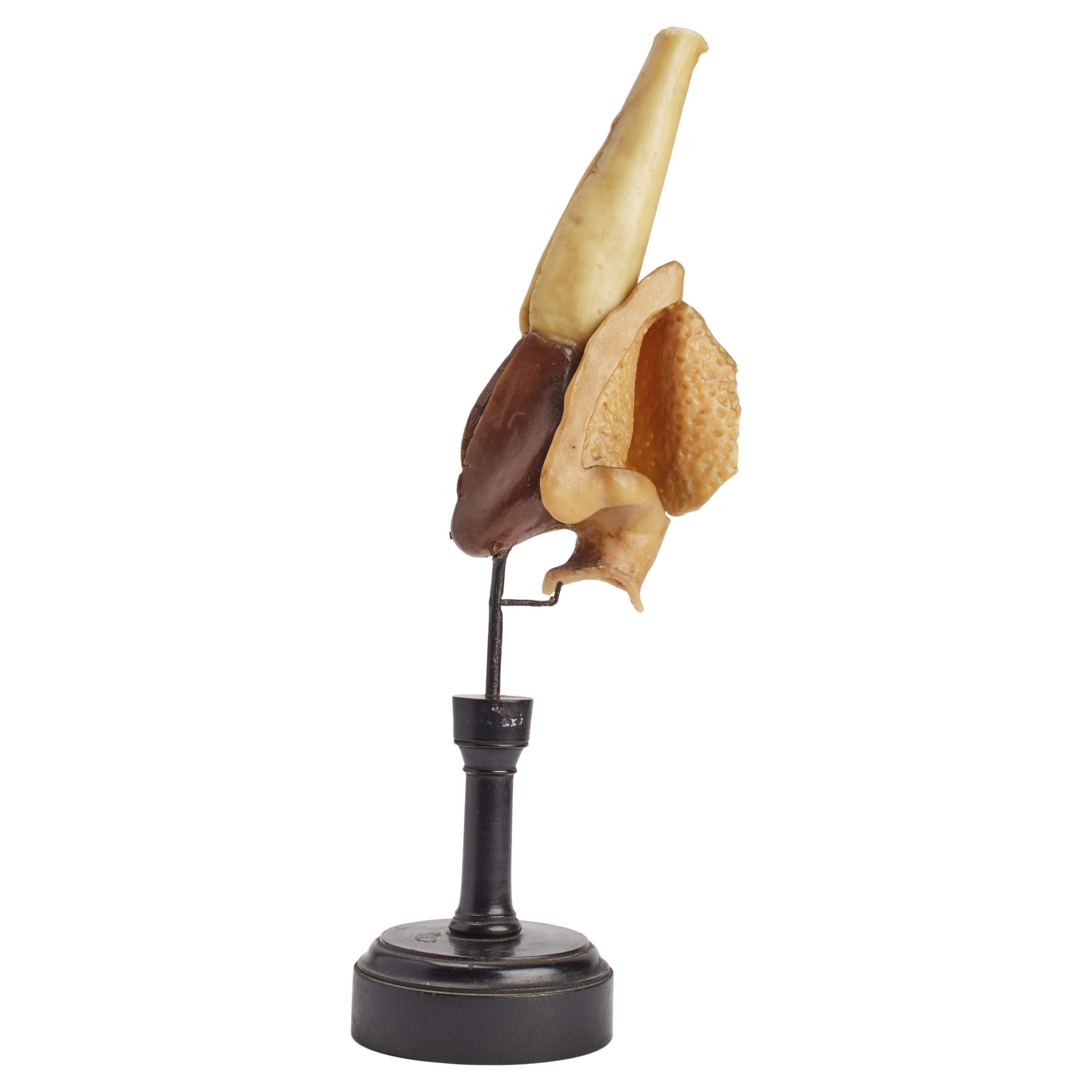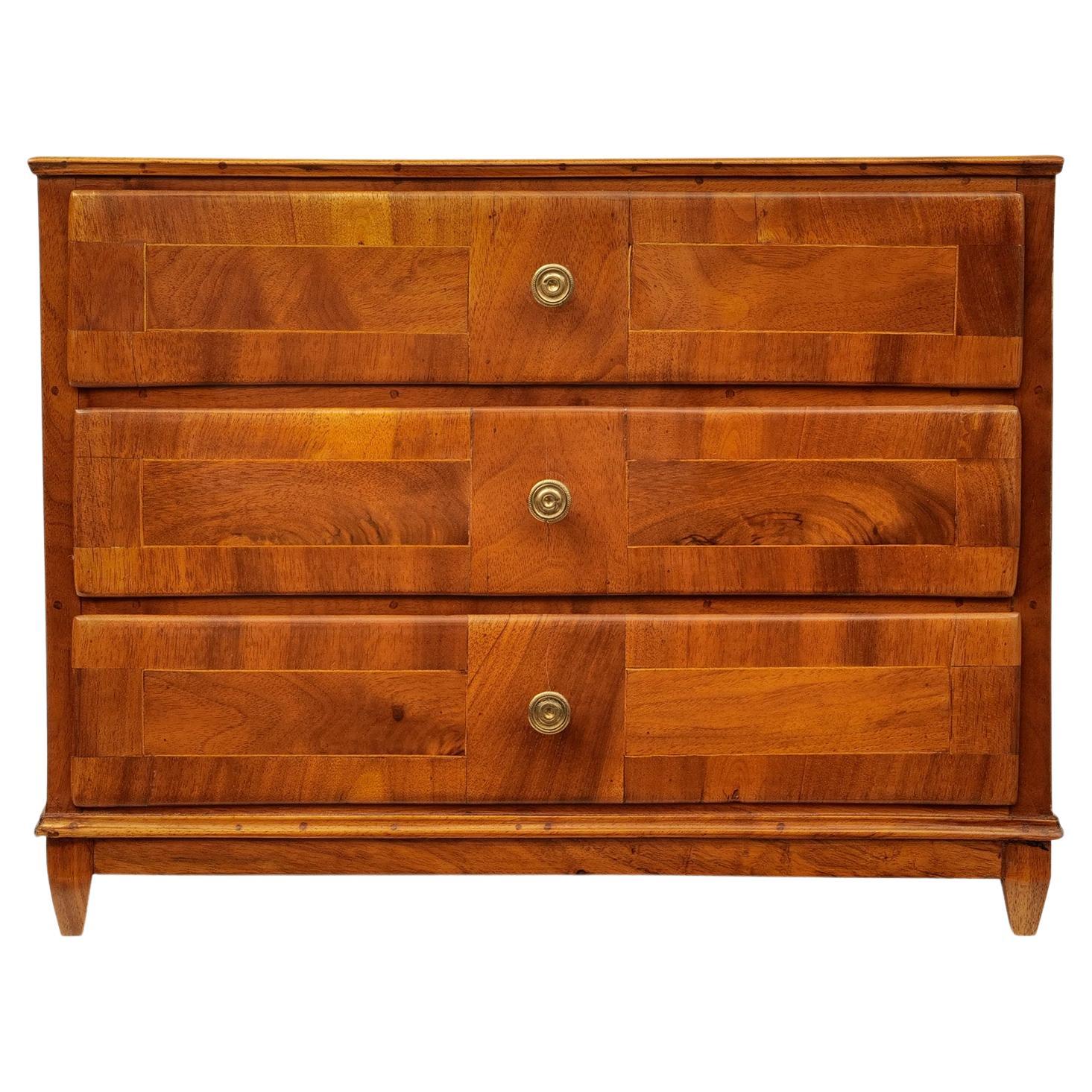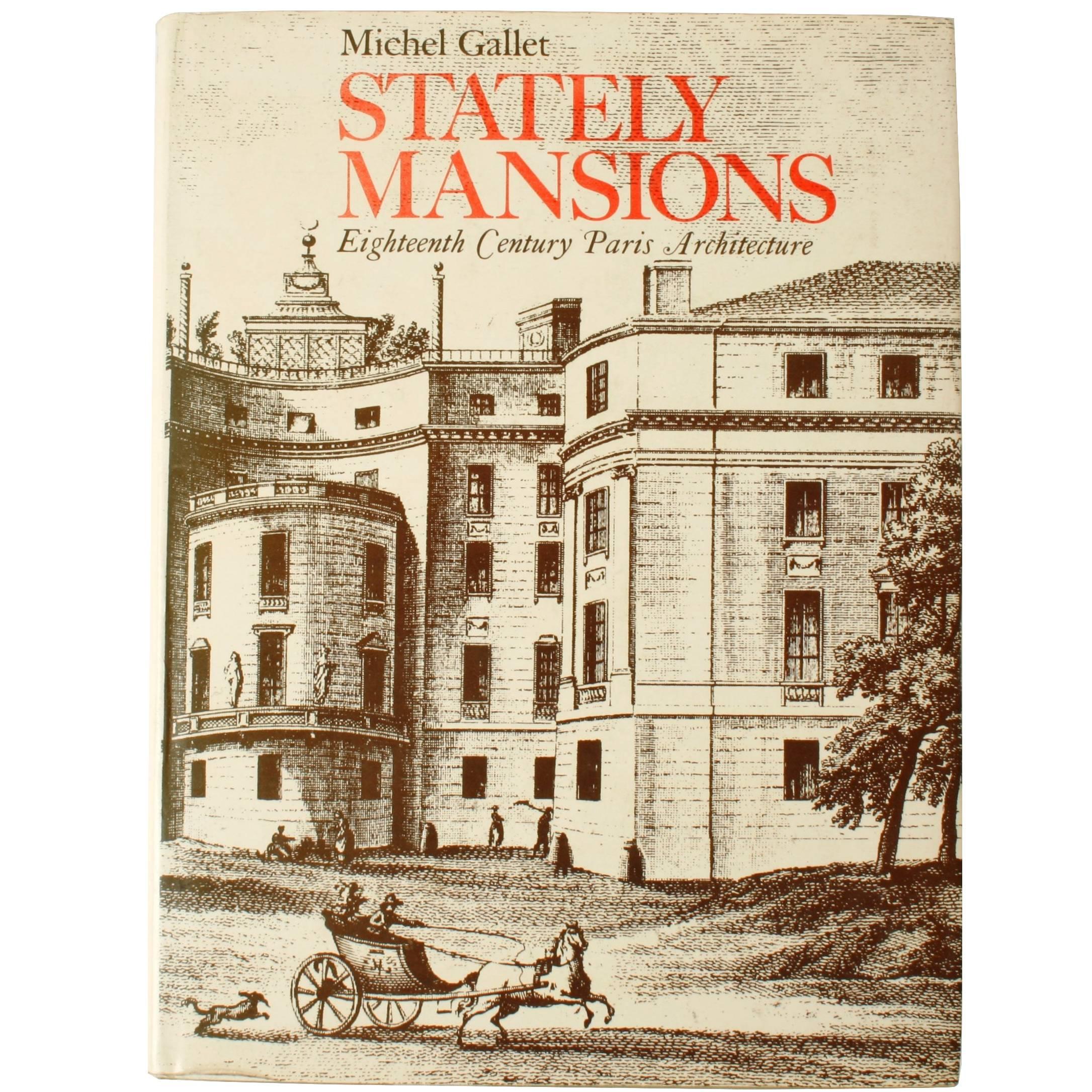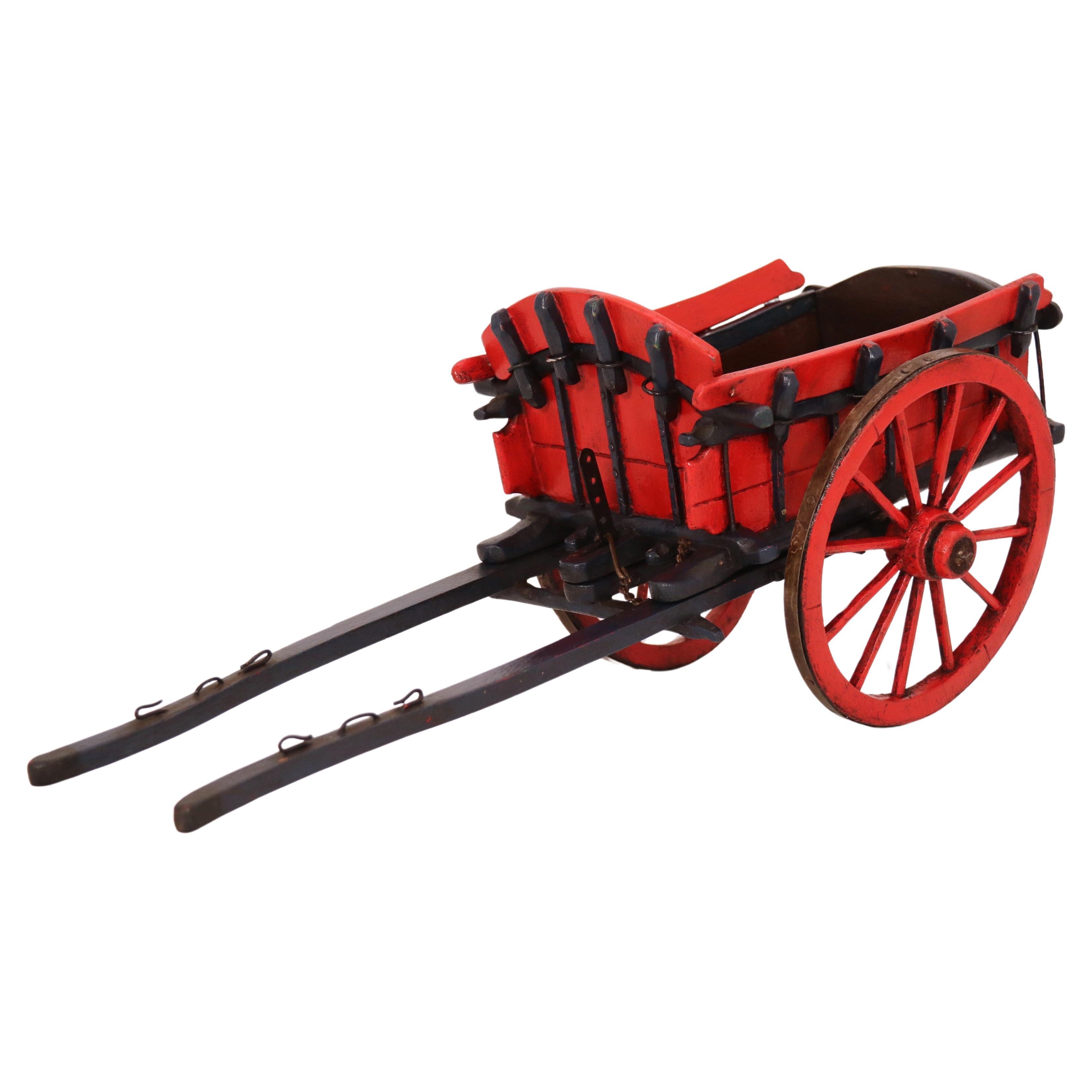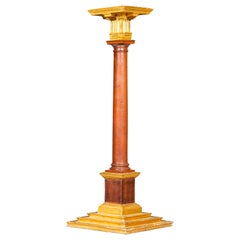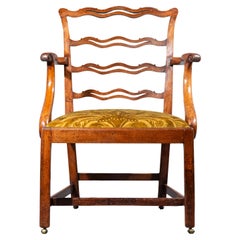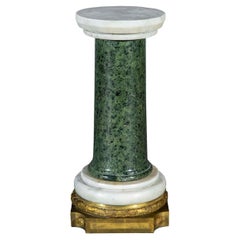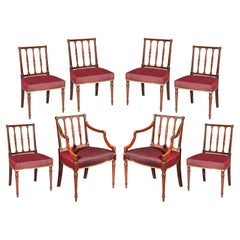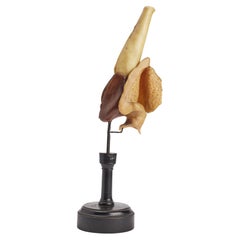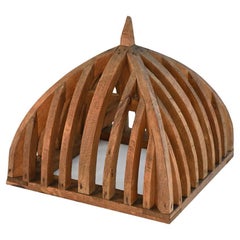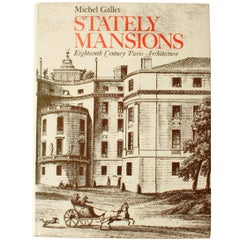Items Similar to 18th Century Architectural Model of a Corinthian Column Circa 1760
Want more images or videos?
Request additional images or videos from the seller
1 of 13
18th Century Architectural Model of a Corinthian Column Circa 1760
About the Item
An extremely rare, exquisite Grand Tour-inspired architectural model of a Corinthian column. England, third quarter of the 18th century. A highly desirable and sought after example.
Why we like it:
Exquisitely carved and with accents picked out in gold, this extremely rare survival from the golden era of Classical architecture in Britain was perhaps intended for an architect's office or the study of a gentleman-architect, such as Lord Burlington (1694–1753), famously known as the "Apollo of the Arts" and the "Architect Earl." Such exquisite and decorative objects were copied from ancient Greek and Roman originals, which aspiring architects could study and draw during their 'Grand Tour' in Italy, Greece, the Ottoman Empire, and beyond.
The only other comparable example of such rare objects that we have encountered was a set of three columns previously owned by the late Sir Albert Richardson (1880–1964)—architect, historian, writer, artist, teacher, and former President of the Royal Academy—sold by Christie’s London, 19 September 2013, lot 173 (£13,750). The comparable delicacy of the carving, in the manner of the 'St. Martin's Lane circle,' suggests that our column was very likely made by the same master craftsman.
The Corinthian order, with its delicate features and profuse ornamentation, is associated with youthful femininity, "an imitation of the slenderness of a maiden," according to Vitruvius. He relates a touching story of a young Corinthian girl whose life was cut short by sudden death. Her maid gathered some of the girl's possessions and placed them in a wicker basket by her grave. An acanthus bud, just beneath the basket, "put forth leaves and stalks ... growing up along the sides of the basket ... bending into volutes at the outer edges." Callimachus, the famous sculptor and architect, came upon the scene completely by chance, and according to Vitruvius, was inspired by it to create this new column style.
It appears that in the beginning, singular Corinthian columns were erected inside buildings constructed in the Doric or Ionic orders as votive elements. The earliest known example of such a column in history is found in the Temple of Apollo Epicurius at Bassae. The first structure to adopt this style externally was the Choragic Monument of Lysicrates, erected to celebrate a theatrical performance.
- Dimensions:Height: 29.75 in (75.57 cm)Width: 9.75 in (24.77 cm)Depth: 9.75 in (24.77 cm)
- Style:Georgian (Of the Period)
- Materials and Techniques:
- Place of Origin:
- Period:
- Date of Manufacture:1750-1770
- Condition:Wear consistent with age and use. Minor losses. Minor fading. Ready for placement. Minor losses, minor signs of old woodworm to base, minor age splits to mouldings.
- Seller Location:Richmond, GB
- Reference Number:1stDibs: LU1781232052932
About the Seller
5.0
Platinum Seller
Premium sellers with a 4.7+ rating and 24-hour response times
Established in 2014
1stDibs seller since 2016
234 sales on 1stDibs
Typical response time: <1 hour
Associations
LAPADA - The Association of Arts & Antiques Dealers
- ShippingRetrieving quote...Shipping from: Richmond, United Kingdom
- Return Policy
Authenticity Guarantee
In the unlikely event there’s an issue with an item’s authenticity, contact us within 1 year for a full refund. DetailsMoney-Back Guarantee
If your item is not as described, is damaged in transit, or does not arrive, contact us within 7 days for a full refund. Details24-Hour Cancellation
You have a 24-hour grace period in which to reconsider your purchase, with no questions asked.Vetted Professional Sellers
Our world-class sellers must adhere to strict standards for service and quality, maintaining the integrity of our listings.Price-Match Guarantee
If you find that a seller listed the same item for a lower price elsewhere, we’ll match it.Trusted Global Delivery
Our best-in-class carrier network provides specialized shipping options worldwide, including custom delivery.More From This Seller
View All18th Century Architectural Model of a Doric Column
Located in Richmond, London
An extremely rare, exquisite architectural model of a Doric column. England, third quarter of 18th century.
Why we like it
Exquisitely carved with accents in gold, this rare survivor from Britain’s golden era of Classical architecture may have been intended for an architect’s office or the study of a gentleman architect like Lord Burlington (1694–1753), famously known as the "Apollo of the Arts" and the "Architect Earl." Such exquisite decorative objects were copied from ancient Greek and Roman originals, which aspiring architects could view and sketch during their “Grand Tour” across Italy, Greece, the Ottoman Empire, and beyond.
The only comparable example we have encountered was a set of three columns previously owned by Sir Albert Richardson (1880–1964)—architect, historian, writer, artist, teacher, and former President of the Royal Academy—sold by Christie’s London, 19 September...
Category
Antique Mid-18th Century British Architectural Models
Materials
Wood
18th Century Ladder-Back Armchair, circa 1760
Located in Richmond, London
A very elegant mid-18th century George III Chippendale-period armchair, or desk chair of wide proportions and a lovely mellow colour and patina; newly recovered in olive-green Zoffan...
Category
Antique 18th Century European Georgian Armchairs
Materials
Walnut
19th Century Grand Tour Marble and Ormolu Column
Located in Richmond, London
A large and rare Grand Tour specimen marble column plinth, in green serpentine and Carrara marble on a gilt-bronze (ormolu) base. Italy, 19th century.
Why we like it:
Its impressiv...
Category
Antique 19th Century Italian Neoclassical Architectural Models
Materials
Marble, Ormolu
18th Century Dining Chairs Circa 1790
By Thomas Chippendale
Located in Richmond, London
An exceptionally rare, elegant, and superb quality set of eight George III period dining chairs. English, circa 1780.
Why we like them
Wonderfully elegant model, looking very deli...
Category
Antique Late 18th Century English George III Dining Room Chairs
Materials
Brass
$18,353 / set
18th Century George III Armchairs Circa 1780
By Thomas Sheraton
Located in Richmond, London
An extremely elegant, rare quality pair of George III period armchairs. English, circa 1780.
Why we like them
Wonderfully elegant model, looking very delicate but in fact unusually...
Category
Antique Late 18th Century European George III Armchairs
Materials
Upholstery
$10,166 / set
18th Century Faux Bamboo Armchair Circa 1800
Located in Richmond, London
An rare late George III – early Regency period painted elbow chair, carved in the Chinoiserie fashion to simulate bamboo, after designs by Gillows. English, circa 1790–1800. Supplied...
Category
Antique Late 18th Century British George III Armchairs
Materials
Faux Bamboo, Upholstery
You May Also Like
Anatomical model: a thyroid, Germany end of 18th century.
Located in Milan, IT
Coloured wax anatomic model depicting an human organ: Thyroid mounted on black painted wooden base. Germany end of XVIII sec.
Category
Antique Late 18th Century German Scientific Instruments
Materials
Wood
18th Century Louis Seize Miniature Model Chest of Drawers
Located in Münster, DE
Model commode, Louis Seize around 1790, walnut veneered and marquetry, 3 drawers, brass knobs, restored condition, shellac polish
height: 30 cm, width: 40 cm, depth: 24,5 cm
Category
Antique Late 18th Century French Louis XVI Models and Miniatures
Materials
Walnut
Early 20th Century pine architectural model of a rooftop
Located in London, GB
Early 20th Century pine architectural model of a rooftop
A well modelled early 20th century hand carved pine architectural model of a rooftop. Showing natural age as shown, this exa...
Category
Early 20th Century British Late Victorian Architectural Models
Materials
Pine
Stately Mansions, 18th Century Paris Architecture, First Edition
By Michel Gallet
Located in valatie, NY
Stately Mansions, 18th century Paris Architecture by Michel Gallet. NY: Praeger Publishers,1972. First Edition hardcover with dust jacket. 196 pp. A...
Category
20th Century American Books
Materials
Paper
Antique hand made wooden scale model of an 18th century farm cart circa 1920
Located in Central England, GB
This very fine meticulously constructed wooden scale model copies the design of a late 18th or early 19th century full sized working example.
It dates to circa 1920.
This cart is we...
Category
Early 20th Century English Folk Art Models and Miniatures
Materials
Wood
A 20th Century Architectural Wooden Model of a Renaissance Baptistry / Church
Located in Ottawa, Ontario
A finely rendered octagonal sided wooden model of a Renaissance Baptistry or Church of very good proportions & scale, showing distinctive Islamic influences as observed in the eight ...
Category
Mid-20th Century Unknown Renaissance Models and Miniatures
Materials
Walnut, Plywood
Recently Viewed
View AllMore Ways To Browse
Accents Beyond
Georgia Gentleman
The Wicker Story
Lane Basket
Lane Ottoman
Lane Wicker
English Oak Arts And Crafts
Fantasy Chair
Farmhouse Chair
Farmhouse Chairs
Flat Bar Chrome Chair
German Marble Coffee Tables
Gilt Tea Cup
Gold Aubusson Rug
Gold Serving Platter
Hand Knotted Rug Portuguese
Indian Wood Chairs
Inlaid Nesting Tables

